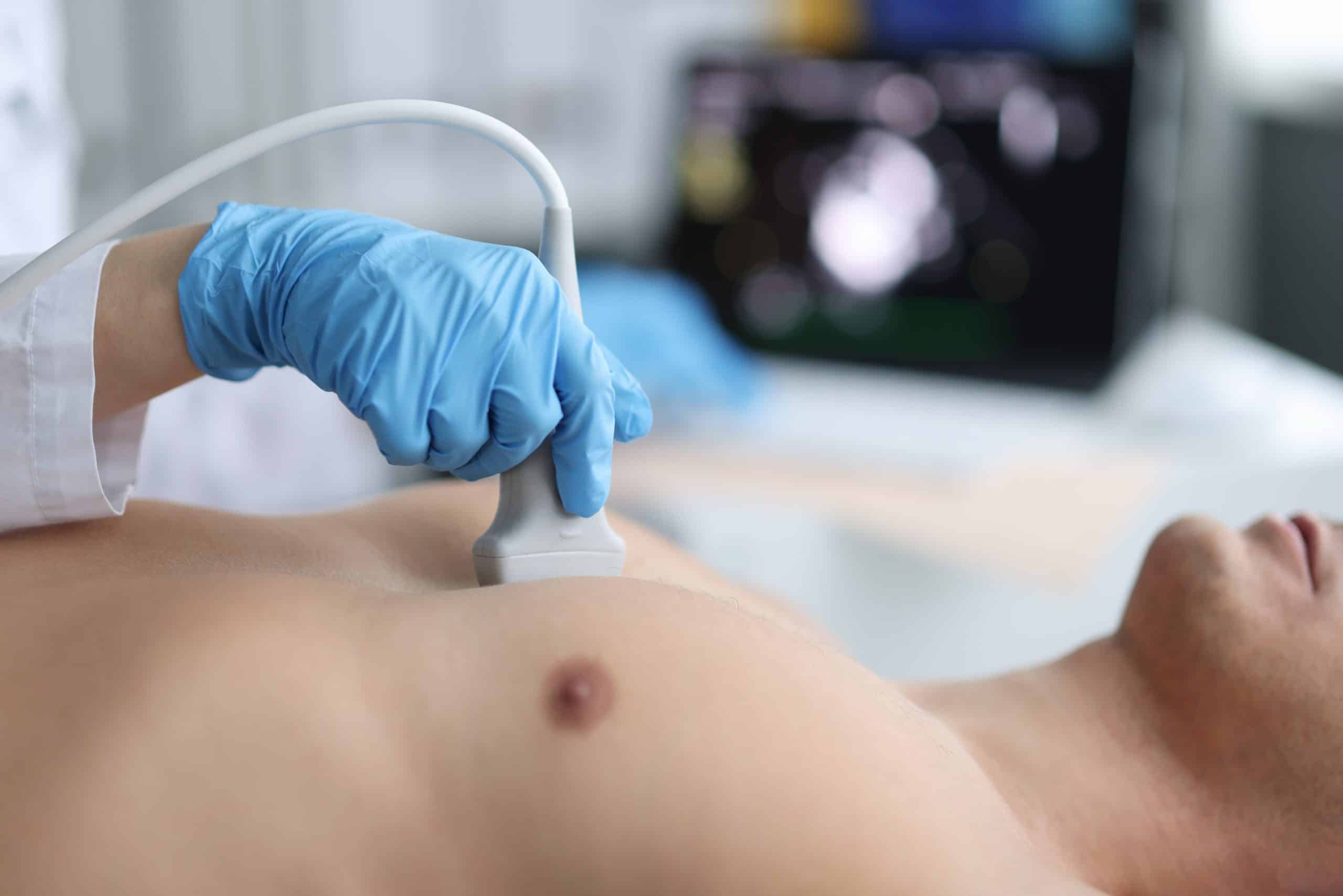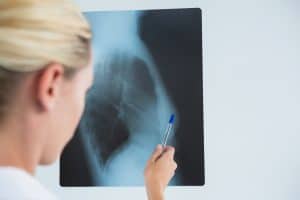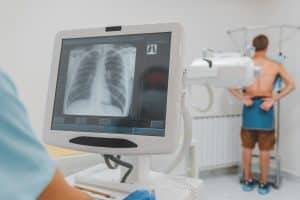Valence Medical Imaging, with prominent locations across Toronto, Brampton, Whitby, and Niagara Falls, offers a comprehensive range of medical imaging services. Among the extensive tests we provide, breast imaging remains one of the most vital. While many associate mammograms largely with women, the significance of mammography in men cannot be undermined. Breast cancer, albeit rare in men, is a reality. Early detection can make a world of difference in treatment outcomes.
Why is Mammography Essential for Men?
It’s a common misconception that only women can develop breast cancer. The truth is, while male breast cancer accounts for less than 1% of all breast cancer cases, the mortality rate is often higher. This is primarily due to delayed detection and awareness. Therefore, a digital mammogram can serve as an effective breast cancer screening tool for men exhibiting symptoms or those who are at high risk.
What is a Digital Mammogram?
Digital mammography captures images of the breast using low-dose x-rays, which are then stored on a computer. This technology ensures precise imaging, reduced radiation exposure, and an ability to manipulate the image for improved visualization. With the advancement of breast tomosynthesis or 3D mammography, there’s even greater accuracy in spotting abnormalities.
How does Breast Imaging Work for Men?
Much like in women, breast imaging for men seeks to identify any anomalous growths or lumps. The process involves:
1. Diagnostic Mammogram: If a man notices a lump, nipple discharge, or skin changes, he may be referred for a diagnostic mammogram. This test captures multiple breast angles, aiding radiologists in detecting malignancies.
2. Breast Ultrasound: Especially useful for men with dense breasts, a breast ultrasound employs sound waves to produce images of the breast tissues. It’s a supplemental test that can help distinguish between cysts and solid masses.
3. Breast Tomosynthesis: This is a 3D mammography technique that captures multiple images of the breast from different angles. It’s beneficial for visualizing abnormalities more clearly.
4. Breast Biopsy: If any suspicious areas are identified, a breast biopsy might be recommended. During this procedure, a small sample of breast tissue is extracted for microscopic examination.
Understanding BI-RADS Classification
After undergoing a mammogram, patients are usually provided a report based on the BI-RADS (Breast Imaging Reporting and Data System) classification. This system standardizes mammogram reports and categorizes findings from 0 (incomplete) to 6 (known malignancy). This classification aids clinicians in understanding the findings and deciding the next steps.
Addressing Concerns: Radiation Exposure
A primary concern among many is the radiation exposure during a mammogram. It’s worth noting that the radiation levels during a digital mammogram are extremely low. Moreover, the benefits of early breast cancer detection outweigh the minimal risks associated with this radiation exposure.
Though rare, breast cancer in men is a reality, and early detection is paramount for a better prognosis. Valence Medical Imaging, serving the Toronto, Brampton, Whitby, and Niagara Falls regions, underscores the importance of mammography in men and offers state-of-the-art breast imaging services. Whether you’re seeking information or screening, our dedicated team is here to assist you every step of the way.





